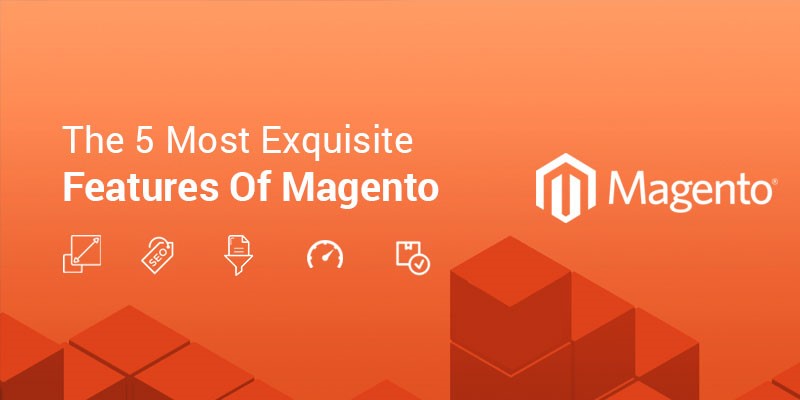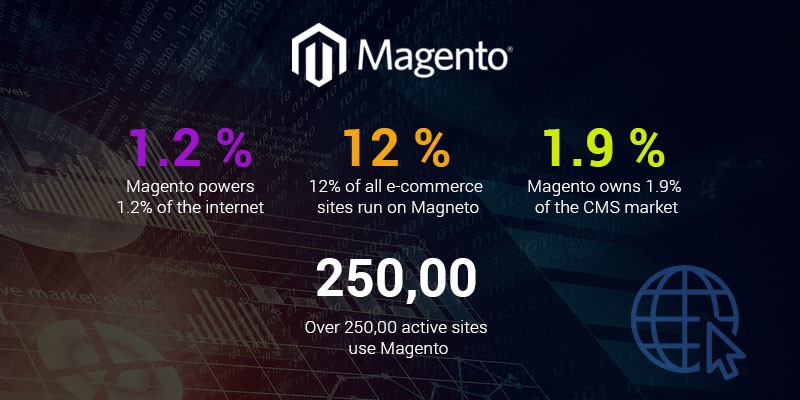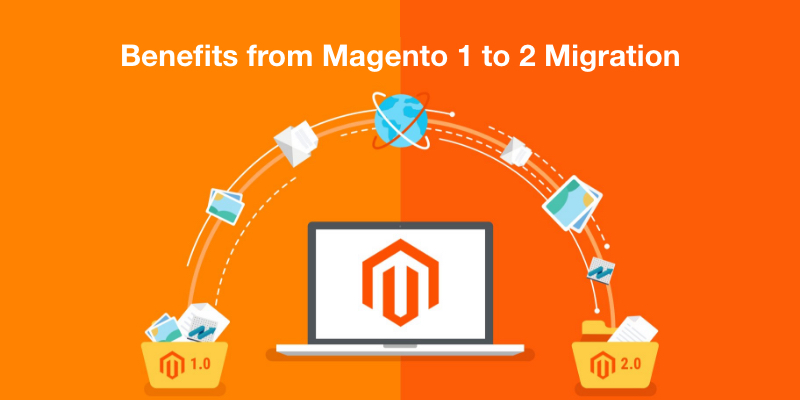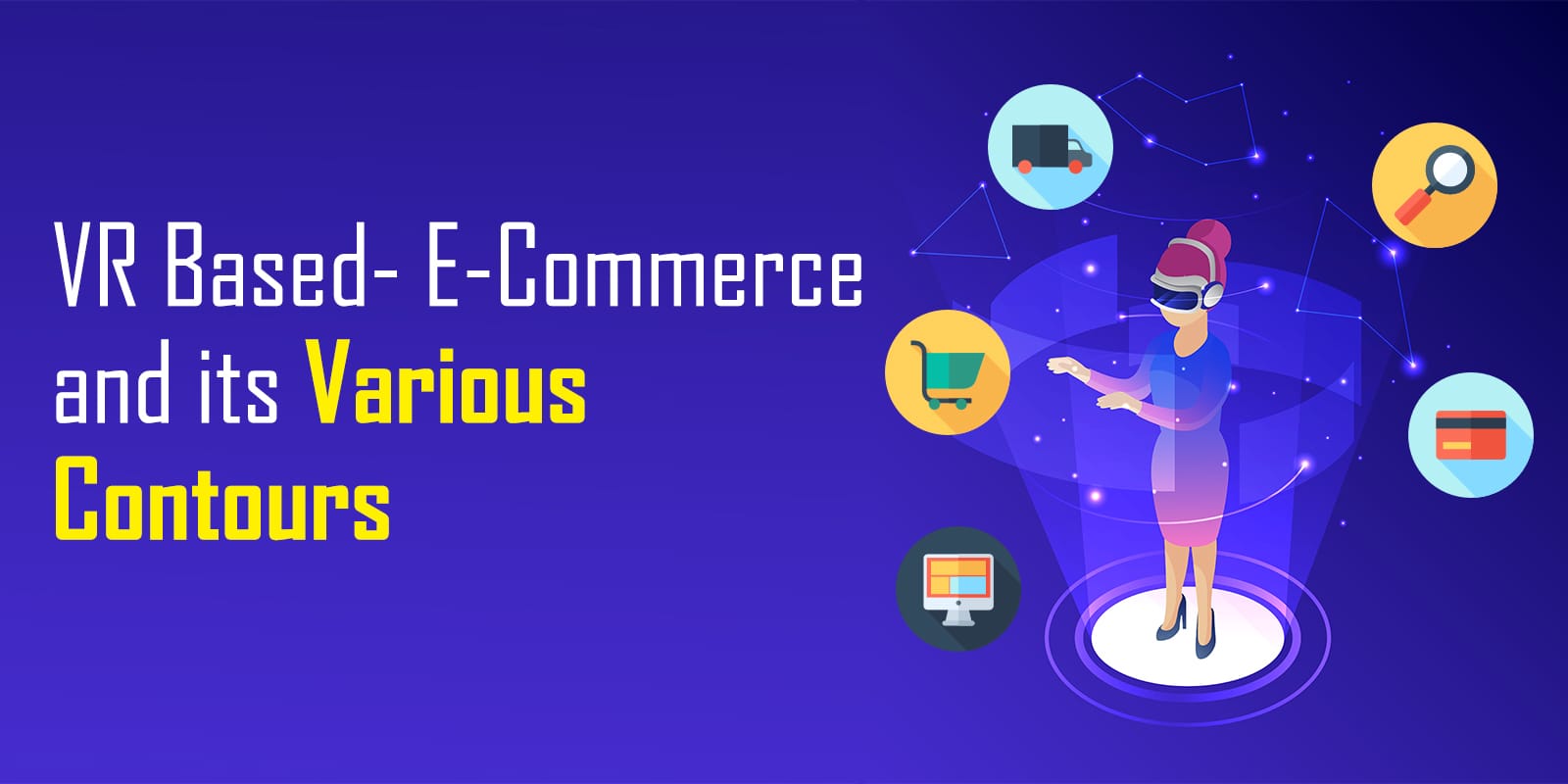The 5 Most Quintessentially Exquisite Features of Magento

Futurism Technologies
January 3, 2020 - 5.2K
5 Min Read
Just imagine the chaos when each designer in your team has his or her own unique preferences, and all are trying to use different styles on your website. Think about the disappointment which might sneak into your psyche when even after spending hours in choosing the right font or layout, the resultant discovery is not adrenaline pumping. Just to stress it further, think about trying to hire a content writer who has an in-depth knowledge of HTML, CSS, or JavaScript. All these scenarios are detrimental enough to put the functioning of your organization in a stupor, as they can force you to focus on the issues which aren’t your core competencies. That was the prime reason why the Content Management System (CMS) has emerged as the silver bullet against these potentially disruptive threats.
In essence, CMS is a software application that allows businesses to manage, create, and modify content on digital platforms. Due to its ability to support multiple users in a collaborative environment, companies can maintain website pages on a single interface. It takes into consideration the streamlining of web design and content publishing, ensuring that both your website and workflow are in proper sync.
Naturally, the unavoidability of CMS resulted in a crowded place where every CMS platform started to compete with its counterparts. And Magento emerged as one of the most, if not the most, dominating CMS platforms of our time. The following stats can act as standing testimony to this claim –

The reason for this dominance lies in the Magento’s ability to deliver results on all the key fronts. What makes it possible for this open-source system built for e-commerce is the large repertoire of functionalities and features. You cannot brush it aside as a coincidence that merchants using Magento grow 3 times faster. It, thus, rightly calls for a deeper dive into it for total comprehensibility.
A) Utmost Scalability:

Magento is powerful and scalable enough to accommodate all your transactions regardless of your products and orders. It’s powerfully built to handle thousands of products, and the only thing that can restrict the number of products you can manage is the size of your server.
What it implies is you don’t have to switch the platforms when your business is in the phase of rapid growth. Even if you have relatively fewer products and transactions now, Magento’s scalability will ensure that you’ll be well-equipped if and when that number swells.
B) SEO Friendly:

The Enterprise Edition of Magento was built with a vision of making it SEO friendly. Resultantly, optimizing product pages and descriptions has become simple. Contrary to the letters and numbers found on many websites, it generates SEO-friendly URLs and meta descriptions.
Moreover, Magento based websites are totally mobile-responsive. By default, they comply with all browsers and screen sizes. Apart from letting your customers buy from anywhere and anytime, this universal appeal forces Google to see your website in a positive light. It can put you up in the search engine rankings. Note that Magento also provides analytics for tracking web visitors.
C) Faster Loading Speed:

In today’s era of quickness, load time can become a question of life and death. Google statistics indicate that 53% of mobile users abandon websites that take over 3 seconds to load. The situation becomes even paler when you get to know that the average load time for sites is 19 seconds on a 3G connection and 14 seconds on a 4G connection.
Magento has understood the gravity of this issue, and it has been able to speedify the load time. Its Ajax cart uses JavaScript to put products in the shopping cart. While doing it, it ensures that the entire page need not be reloaded. As it reduces the load on the hosting hardware, it drives a desirable faster shopping experience. This comes as an in-built function in Magento 2, without requiring any installation.
D) Enhanced Data Filtering:

Insights that carefully distilled data pieces offer can guide businesses to the right strategic decisions. And as any wise person can guess, it’s the timely and accurately taken decision that separates success from failure in the business world. Data, thus, is being considered as the currency of modern business.
Magento is well-prepared to hand over to you the most relevant and accurate data pieces. It comes with a robust data-grid view, which allows you to customize the visible attributes. Resultantly, you get a cleaner interface that can help you to see the real-time data. Once the movement of data is clear to you, it becomes simpler to categories it depending upon your business’s needs.
E) It’s Sales Ready:

Though other CMSs provide e-commerce functionality as an add-on, Magento was built specifically for sales. Its segmentation option allows you to target customers based on their cart and buying history. Magento also gives you the flexibility to tailor your promotions by sending custom coupons. It ensures that customers will only see those promotions which are related to products they have checked, purchased, or added to their cart.
Moreover, Magento enables you to set up product recommendations and upsells on product and checkout pages. Naturally, your customers will get an easy recommendation for products from you. Note that Magento comes with a one-page checkout. It does play a significant role in reducing the cart abandonment rate.
Subscribe Now!
TRENDING POSTS
-
The Role of Smart Maritime IoT Solutions in Enhancing Maritime Safety
-
Data Integration Unlocked: From Silos to Strategy for Competitive Success
-
Navigating the Shadows: Understanding Zero-Click Attacks in the Digital Age
-
AI Reimagined: Crafting Next-Gen AI Apps with Expert Fine-Tuning
-
Explore Next-Gen Digital Solutions with Futurism at MWC 2024
-
Futurism Unleashes the Technology of Tomorrow at MWC Barcelona 2024
-
Futurism AI: Turning Ideas into Apps at Lightning-Fast Speed
-
Accelerate AI Across Your Enterprise With Futurism AI
-
Futurism to Address the Biggest Security Challenges at RSS 2022
-
Futurism at SelectUSA 2022: Steering the Next Wave of Businesses
-
Futurism to Uplift the MSP Business Community at the MSP Expo 2022
-
Futurism Sets Out to Address the Biggest Security Challenges at the RSA Conference 2022
-
5 Ways to Prepare Your Business for Digital Transformation
-
4 Ways To Win at Digital Transformation on a Shoestring Budget
-
Futurism: Empowering MSPs at the Channel Partners Conference & Expo 2022
-
Why AI in Digital Marketing is the Next Big Thing?
-
Futurism brings ‘Mobile First Digital Transformation’ to the fore at MWC Barcelona 2022
-
Cybersecurity for Rural Hospitals: How can Rural Hospitals become Cyber Smart?
-
Futurism Empowers Rural Health Care Community at the AHA Rural Health Care Leadership Conference
-
The Biggest Problem With Cybersecurity In Healthcare Sector, And How IBM QRadar Can Fix It?
-
How IBM MaaS360 is Revolutionizing Endpoint Security in the Healthcare Industry?
-
Futurism to Present its MSP Partner Program at the Channel Partners Conference & Expo 2021
-
EndPoint Security in Healthcare Matters and IBM MaaS360 Can Help
-
How AI Will Enable Faster Adaptation of Digital Transformation
-
How Is Digital Modernization Important In Supplier On-Boarding?
-
Top 10 Email Marketing Tips for This Holiday Season
-
Benefits of using ERP Software for Energy and Gas Industries





